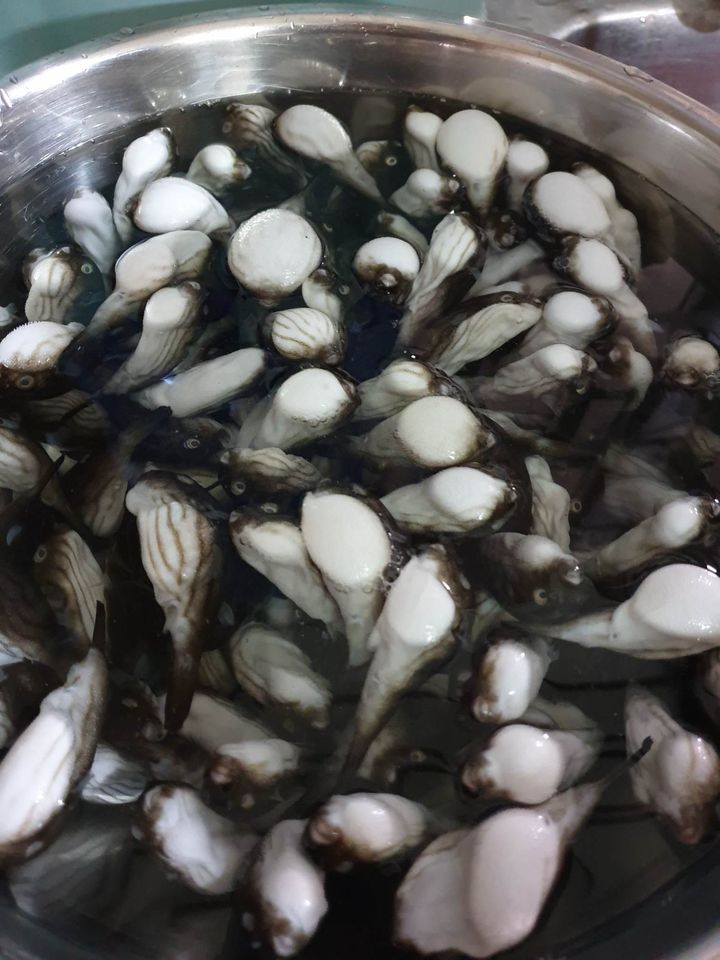
| Photo from the FB page of LGU Bantayan.
LAPU-LAPU CITY, Cebu – The Bureau of Fisheries and Aquatic Resources in Central Visayas (BFAR-7) is urging Cebuanos to refrain from eating pufferfish locally known as “buriring.”
BFAR-7 Director Allan Poquita said that pufferfishes are known to be “toxic.”
“Ang hazard ana kun kaonon na nimo ang pufferfish kay lisod kaayo kay naa mana siyay toxic bag,” Poquita said.
Poquita issued the warning since pupperfishes are common during the months of July and August.
In Bantayan town, pufferfish, that is called as “loko-loko” by the locals, is considered a delicacy.
Cebuano author and food historian, Louella Alix, said in a social media post that the Bantayanons speak highly of the way they prepare their “loko-loko” to give it a special taste.
“To them the liver is a smooth as buttery as foie gras is to the French!,” she wrote on her post.

| Photo from the FB page of LGU Bantayan.
Poisonous
Poquita said the toxins in the pufferfish could make it poisonous if this is “poorly” prepared.
But he said that there are some individuals, like the Japanese, who are experts in extracting toxins from the fish before this is cooked.
“Mao na’y kuyaw kung ang mag prepare ana kanang makainom, kanang danghag nga matuslokan ang iyang toxic bag ug mabuslot,” he said.
Poquita said that toxins could penetrate the meat of the fish and poison those who would eat it.
In her post, Alix said there are ways to determine if the pufferfish was poisonous.
“Fish vendors in the Bantayan market willingly tell buyers what to look for to ensure that the loko-loko is the safe specie of pufferfish: if the fish is whole, that’s poisonous, look for the ones with cleft lips. The belly should be yellowish in color and a white stripe in the belly is another sign that it is safe to eat,” Alix added.
Aside from Bantayanons, Mandaue City residents were also known for consuming pufferfish.
RELATED STORIES
Councilor warns public on the deadly risks of eating pufferfish
Was Olango food poisoning incident due to pufferfish?
/dcb

